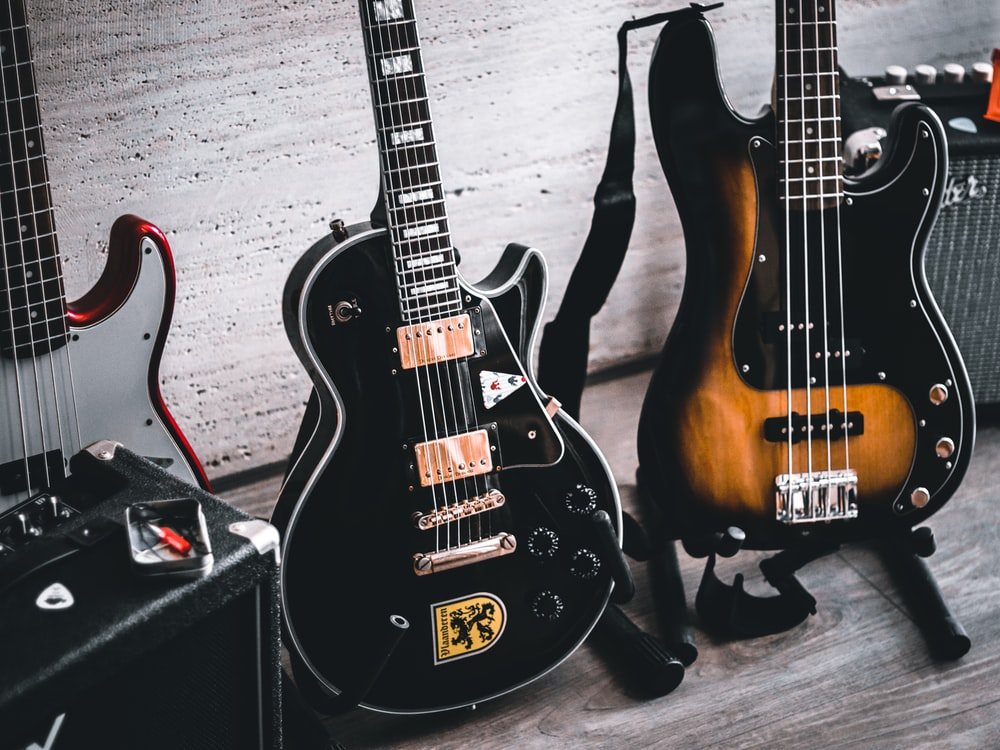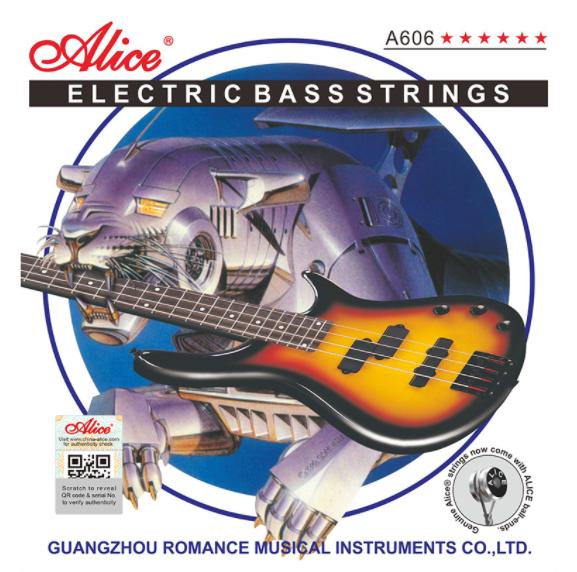How Do the Types of Bass Strings Link with Electric Bass’s Performance?
- Views:1323
- Writer:Alice
- Time:2022-01-21

When you hear the notes of legendary bassists like Gedy Lee, Andrés Rotmistrovsky, and Paul Grape, you may wonder, “How can they put on such a unique and distinguishable show by pulling some strings on a guitar?!”. If you look closer at their basses, the answer comes out: they adopt different types of bass strings. To be more specific, they choose 4-string, 5-string, or 6-string bass guitar with other features to give outstanding performances.
To learn from these grandmasters, you need to know your types of bass strings before you can do something amazing with your instruments. This article may help you a lot for we will talk about some of the most important five aspects of types of bass strings. Let’s get started.Number of Strings
A different number of strings can output different levels of bass. For instance, 4-string vs. 5-string bass will be audibly different for your audience. That’s because guitars with more strings have a wider tonal range.
4 strings
4-string setups with wider space between each string are the most commonly found and adapted strings set nowadays. They are convenient to slap and fender, making it easiest for novices to command and practice.
5 strings
Usually, 5-string guitars have a Low B string as the extra tone to lower the tone range, but some people may add a High C string instead of the former one to play. 5-string guitars are used in popular music, metal, and jazz.
6 strings
If you really want to go the extra mile, 6-string guitars are also a thing. They give you the highest number of available tones to play, so it can stand out when playing solo. But of course, you need to have some experience to work with the wider tonal spectrum.
All in all, choosing the right number of strings is a crucial decision you have to make while going through the types of bass strings.

String Gauges
String gauge is another important metric to pay attention to while riffling through the types of bass strings. Gauge refers to how thick a string is. If a string has a higher gauge, it will be thicker and heavier. Strings with a shorter gauge are narrower and lighter.
The idea is, strings with a larger gauge are harder to play because they’re more difficult to pluck. Strings with different gauges produce varying sounds; you have to pick the one that aligns with your playing style.
String Length
Another important metric in the types of bass strings is the string length. String length is the length of the part that vibrates to make a sound. The longer the string length is, the lower its tone is. The standard length of bass strings is 34 inches, but now they get longer to lower the tone with the popularization of 5-string and 6-string bass.
Winding Methods
Another important metric is the construction method and material used in the strings. Take Alice A606 Electric bass strings as an example; beneath the outer and softer coating of the strings is a metal wire inside. The wires are, in the end, attached to the “ball end”, where another round wrap wire is located. This type of construction makes up round-wound bass strings, and this type of bass string performs a gorgeous high pitch and calm, deep low pitch.
Other types of winding methods include flat-wound, which has a less worn-out and smooth feeling. Ground-wound and tape-wound are also ways to wind the strings. You have to pick the one that aligns with your needs and wants.

Winding Materials
Last but not least, different winding materials also change the way your bass sounds. You can either get the windings in a nickel/steel alloy, pure nickel, or stainless steel. A non-alloyed steel winding sounds more robust and brighter — while an alloy will sound more subdued. Alice A606 adopts nickel alloy as the material to wind, giving it high protection and warm sound simultaneously. Choosing the right winding material is an important decision to make while choosing one of the types of bass strings.
While shuffling through the types of bass strings, it’s important to look at all the metrics beforehand. Each of the five aspects mentioned here adds up to completely change the way your instrument sounds.
Final Thoughts
The specifications mentioned above must be kept into consideration while choosing one from the different types of bass strings. Pay attention to each specification and decide what’s best for you. If you’re looking for a beginner-friendly bass string set that doesn’t break the bank, check out Alice’s A606 Electric Bass String Set. Our high-quality and cost-effective string set has a steel inner wire and nickel alloy winding, giving a flexible sound note for beginners. Don’t hesitate to contact us now if you have problems with the bass strings!























